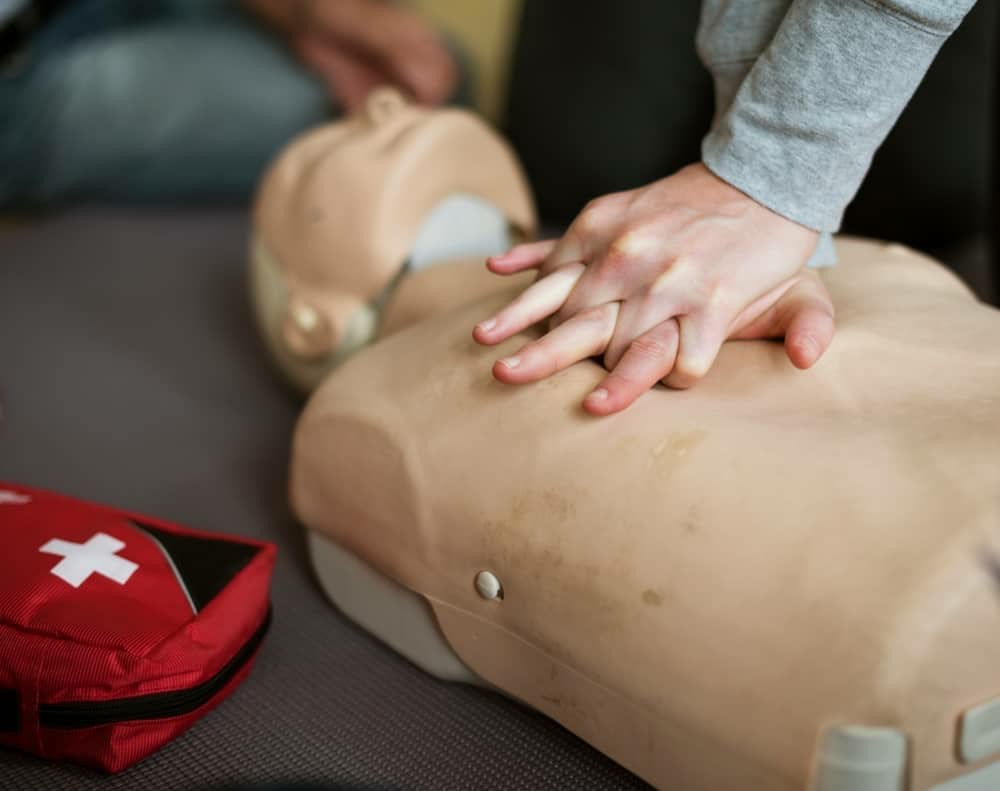


 349,500 Offered Certificates
349,500 Offered Certificates
 24/7 Online Training
24/7 Online Training
 Money Back Guarantee
Money Back Guarantee
 Fully Accredited Courses
Fully Accredited Courses

Created at: 25-02-2025 19:31
In today’s fast-paced work environment, safety must remain a top priority. One of the most effective ways to enhance workplace safety and readiness is through **First Aid and CPR training**. Such training equips employees with vital emergency medical response skills, potentially saving lives and minimizing workplace injury risks. This comprehensive guide delves into the importance of First Aid and CPR training, its benefits, and how it can empower your workforce.
Accidents happen, and being unprepared can lead to devastating outcomes. **First Aid training** prepares employees to respond promptly and effectively during emergencies. Whether it’s a minor injury or a critical situation requiring immediate intervention, trained personnel can make a difference. Furthermore, possessing **First Aid Certification** demonstrates an organization's commitment to the safety and well-being of its employees.
Cardiopulmonary resuscitation (CPR) is one of the most critical skills taught in First Aid courses. Knowing how to perform CPR effectively can save lives in cardiac emergencies. The key techniques include:
Organizations must adhere to workplace health and safety regulations, often necessitating the provision of First Aid training and certification. Failing to comply can lead to legal issues and fines. By taking proactive measures—like sending employees for **Emergency First Aid Training Courses**—companies can easily meet **workplace First Aid requirements** and create a safer environment for all.
During an emergency, being able to react swiftly can reduce the severity of the situation. Some essential First Aid procedures include:
Choosing the right First Aid course can enhance its effectiveness. Factors to consider include:
Both training methods have their advantages:
Businesses should evaluate their specific needs and preferences to choose the most suitable option.
Investing in **First Aid and CPR training** is a crucial step toward ensuring workplace safety and compliance. Empower your workforce with essential skills that not only save lives but also foster a culture of safety and preparedness. Enroll in a certified First Aid & CPR training course today! For more information or to sign up, contact us at [email protected] or visit our website here.